
Type
Publisher
Standards Australia
Publisher
Standards Australia
Version:
Third Edition 2025.
(Current)
Short Description
AS 1674.1:2025 specifies requirements for the reduction of fire and explosion risks associated with the performance of welding and other hot work activities in hazardous environments
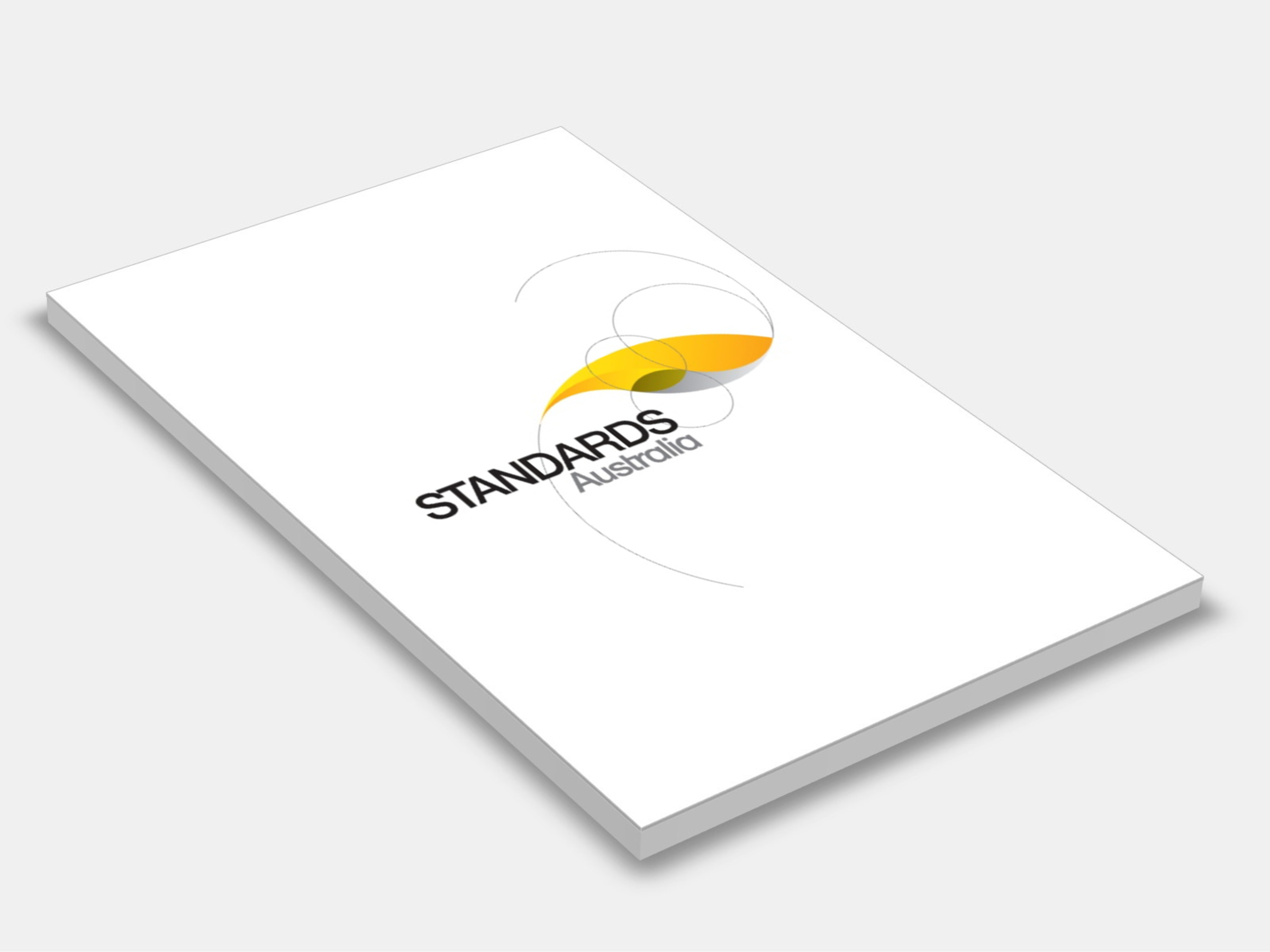
Type
Publisher
Standards Australia/Standards New Zealand
Publisher
Standards Australia/Standards New Zealand
Version:
Second Edition 2005.
(Pending Revision)
Short Description
Serves as a general introduction to the AS/NZS 1158 series and provides definitions of lighting categories and technical terms essential to the understanding of other Standards in the series especially AS/NZS 1158.1.1, 1158.2, 1158.3.1 and 1158.6.
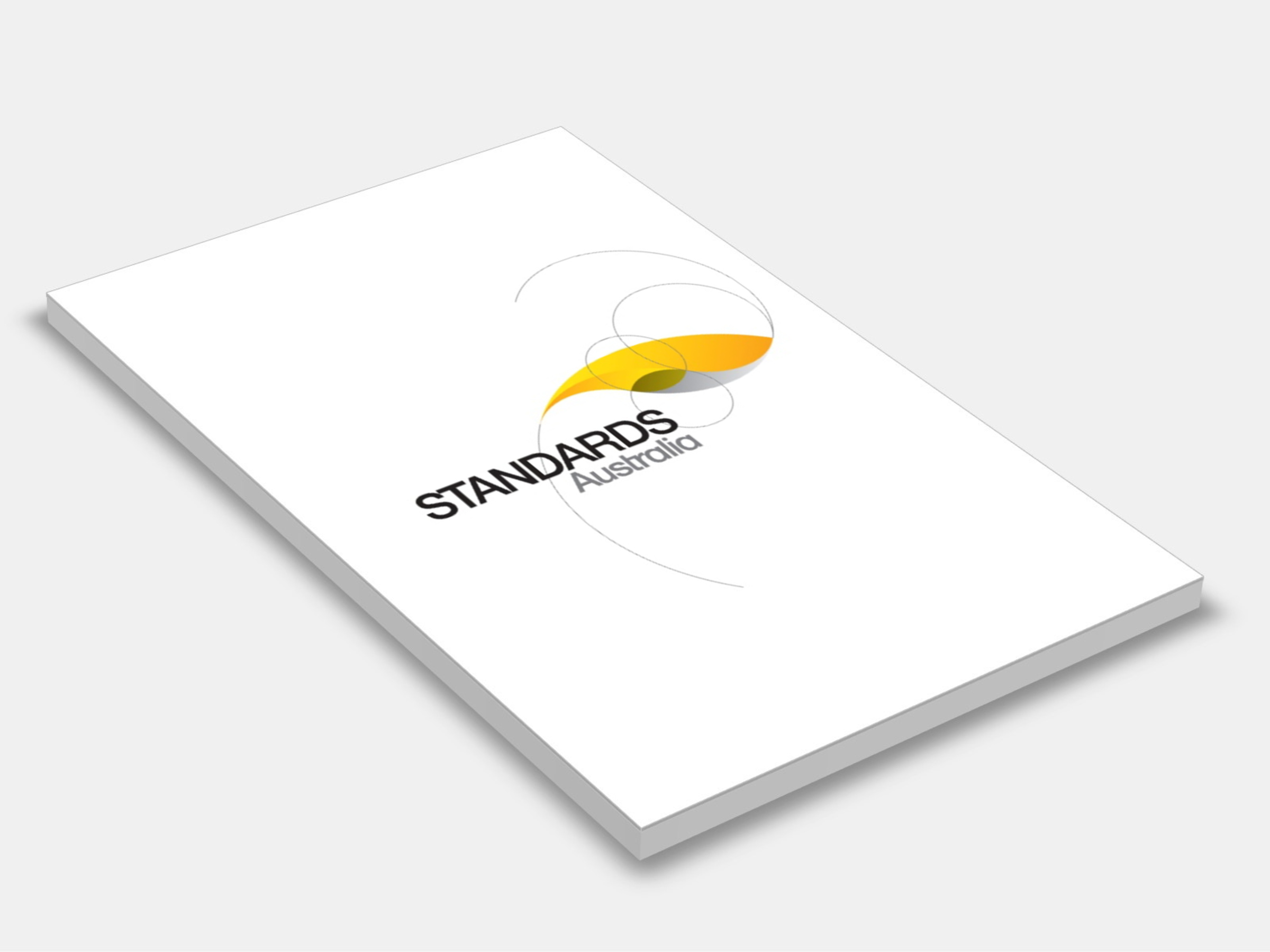
Type
Publisher
Standards Australia/Standards New Zealand
Publisher
Standards Australia/Standards New Zealand
Version:
Third Edition 2020.
(Current)
Short Description
AS NZS 1158.3.1 2020 specifies performance and design requirements for Category P lighting schemes as described in AS/NZS 1158.0. It also specifies the luminaire data and other data that is needed to facilitate the lighting design and the assessment of conformance to the requirements of this Standard. Street lighting design standard.
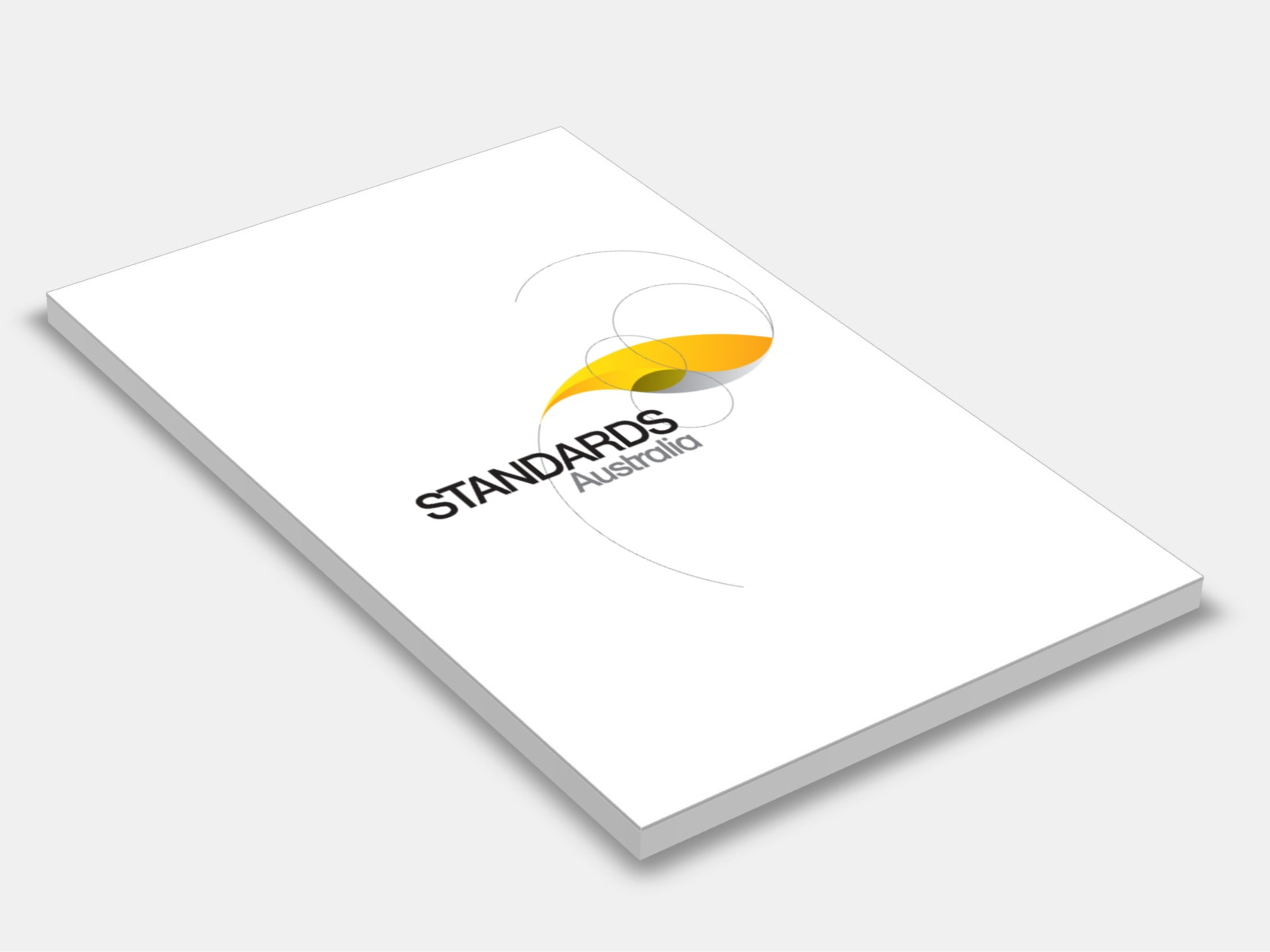
Type
Publisher
Standards Australia/Standards New Zealand
Publisher
Standards Australia/Standards New Zealand
Version:
Third Edition 2022.
(Current)
Short Description
AS/NZS 1158.1.1:2022 specifies performance and design requirements for Category V lighting schemes, including requirements relating to the energy efficiency of the luminaires used. It also specifies the luminaire data and other design data that is needed to facilitate the lighting design and the assessment of conformance to the requirements of this document.
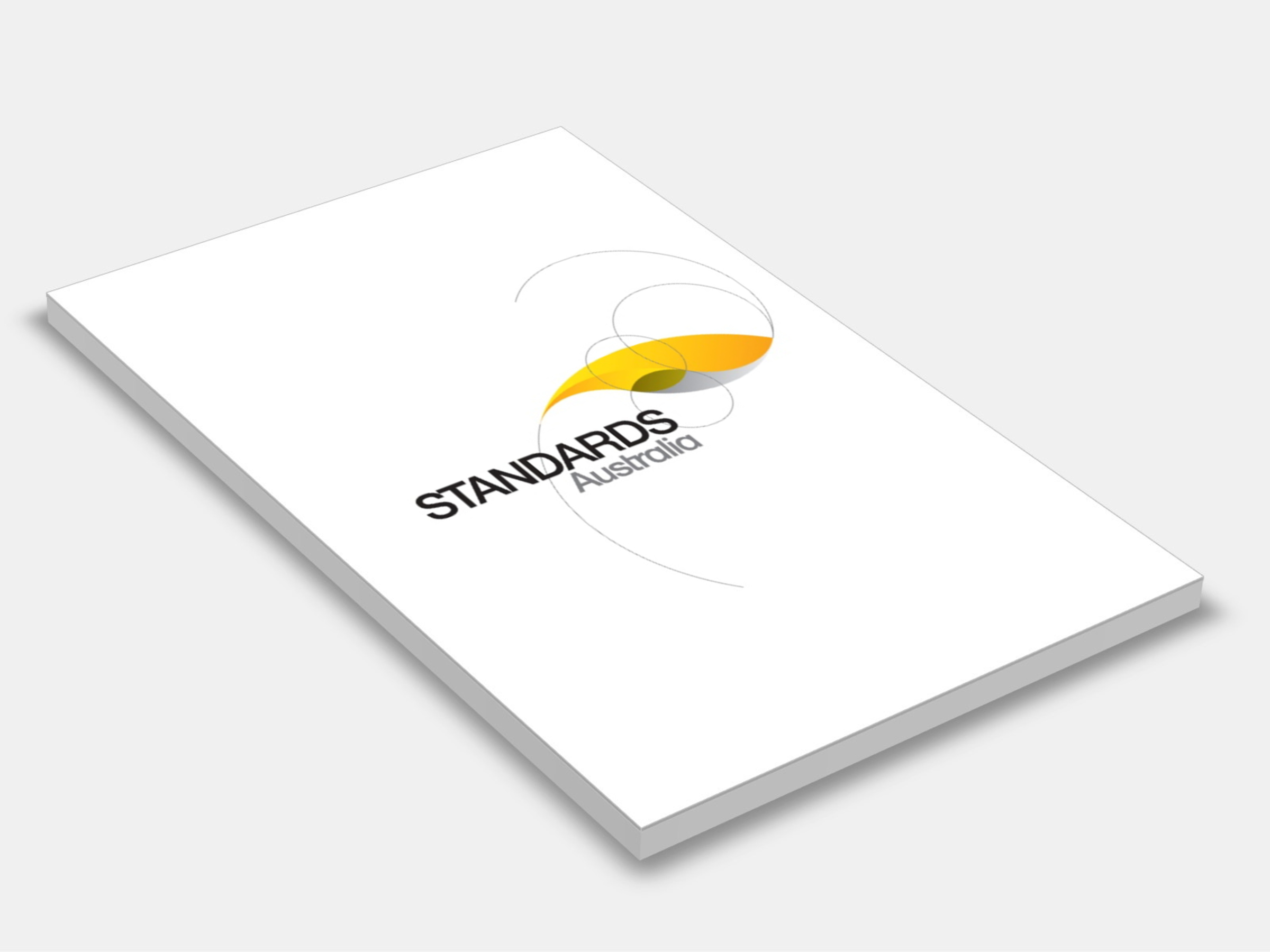
Type
Publisher
Standards Australia/Standards New Zealand
Publisher
Standards Australia/Standards New Zealand
Version:
First Edition 2011.
(Current)
Short Description
This Standard applies to single-phase or polyphase, air-cooled (natural or forced) portable inverters having a rated supply voltage not exceeding 60 V ripple-free d.c. and an alternating current (a.c.) output where: - the rated output does not exceed 3 kVA; - the rated output voltage is within the range 50 - 500 volt a.c; - the rated frequency of the output is within the range 40 - 100 Hz.
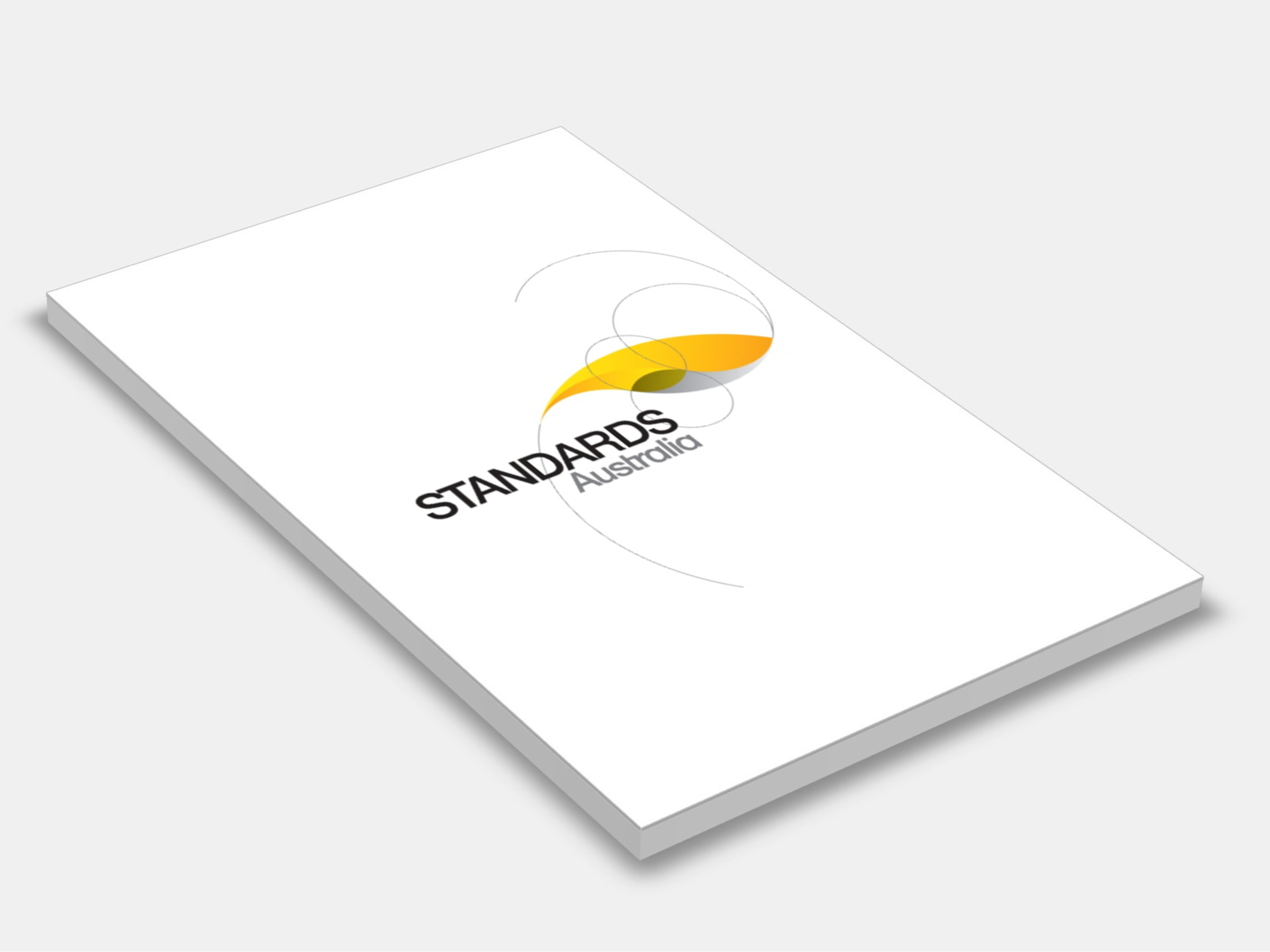
Type
Publisher
Standards Australia/Standards New Zealand
Publisher
Standards Australia/Standards New Zealand
Version:
Second Edition 2012.
(Pending Revision)
Short Description
Adopts ISO 13253:2011 to establish test methods for determining the capacity and efficiency ratings of ducted, air-cooled airconditioners and ducted air-to-air heat pumps; residential, commercial and industrial single-package and split-system airconditioners and heat pumps are included.
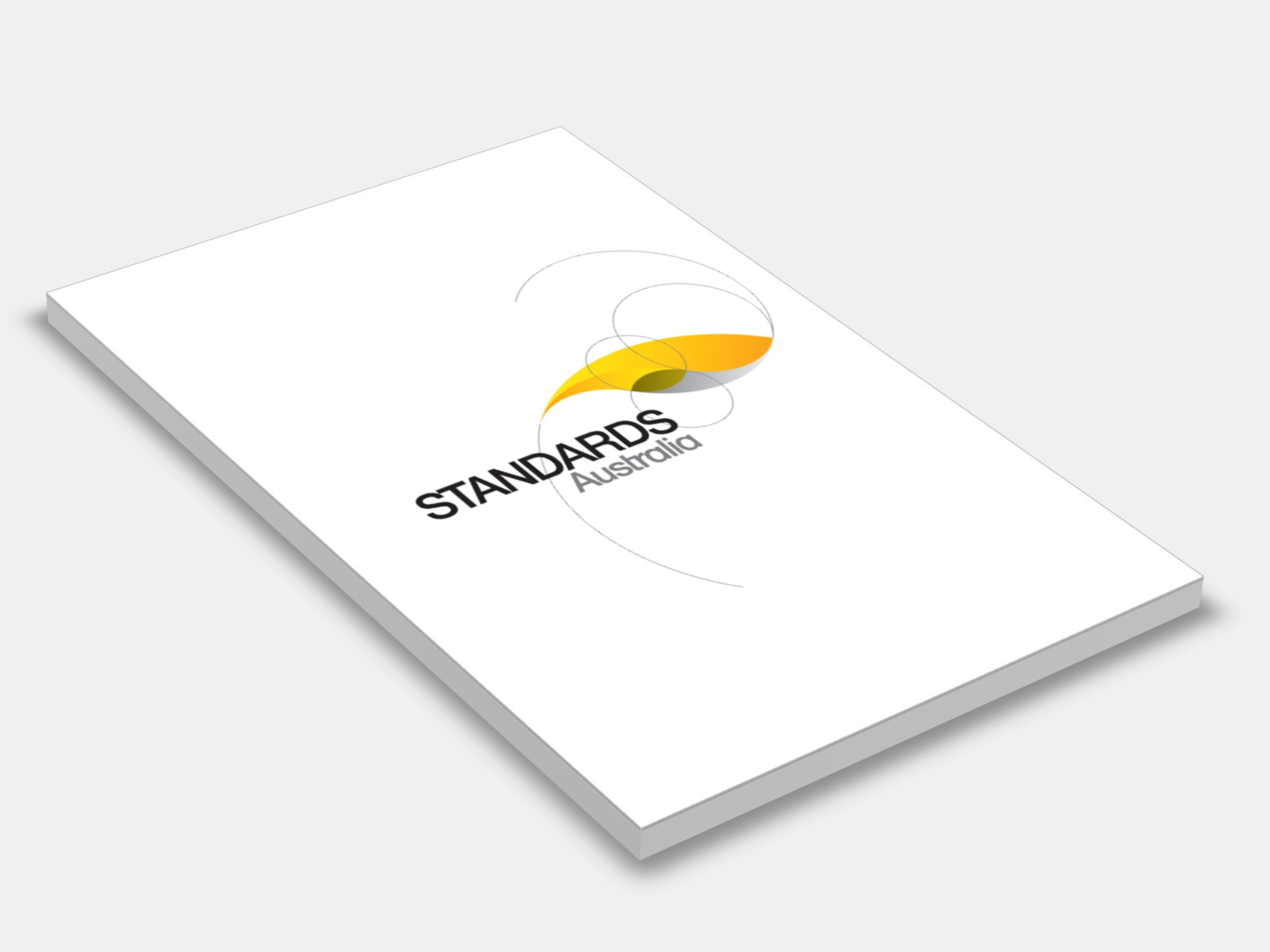
Type
Publisher
Standards Australia/Standards New Zealand
Publisher
Standards Australia/Standards New Zealand
Version:
Second Edition 2008.
(Current)
Short Description
Sets out methods of testing building facades for environmental loading including water penetration and air infiltration as well as structural tests.
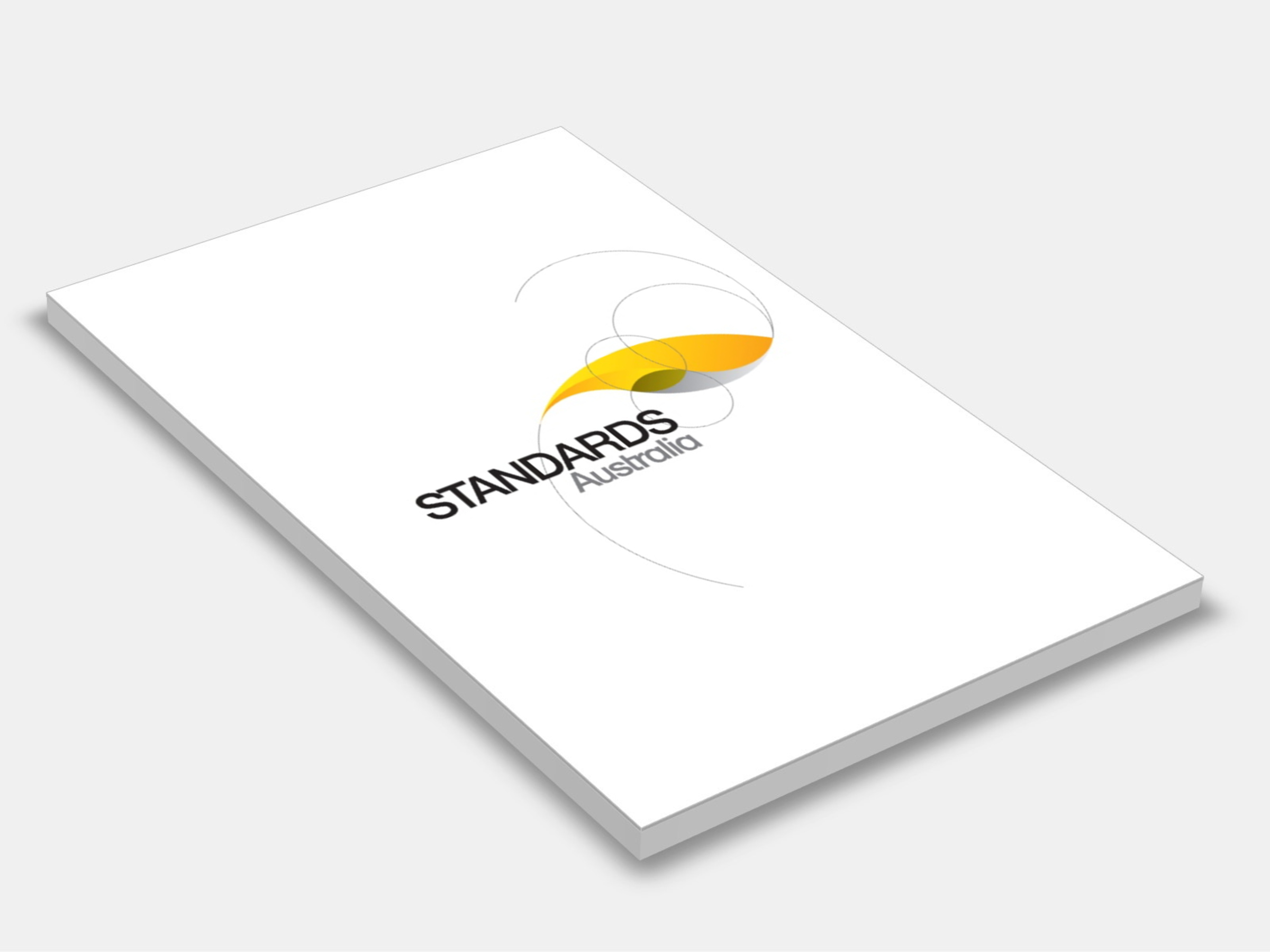
Type
Publisher
Standards Australia
Publisher
Standards Australia
Version:
First Edition 2003.
(Current)
Short Description
Specifies a method for assessing the wind-opposed burning behaviour and spread of flame of horizontally mounted floorings exposed to a heat flux radiant gradient in a test chamber, when ignited with pilot flames for all types of flooring.
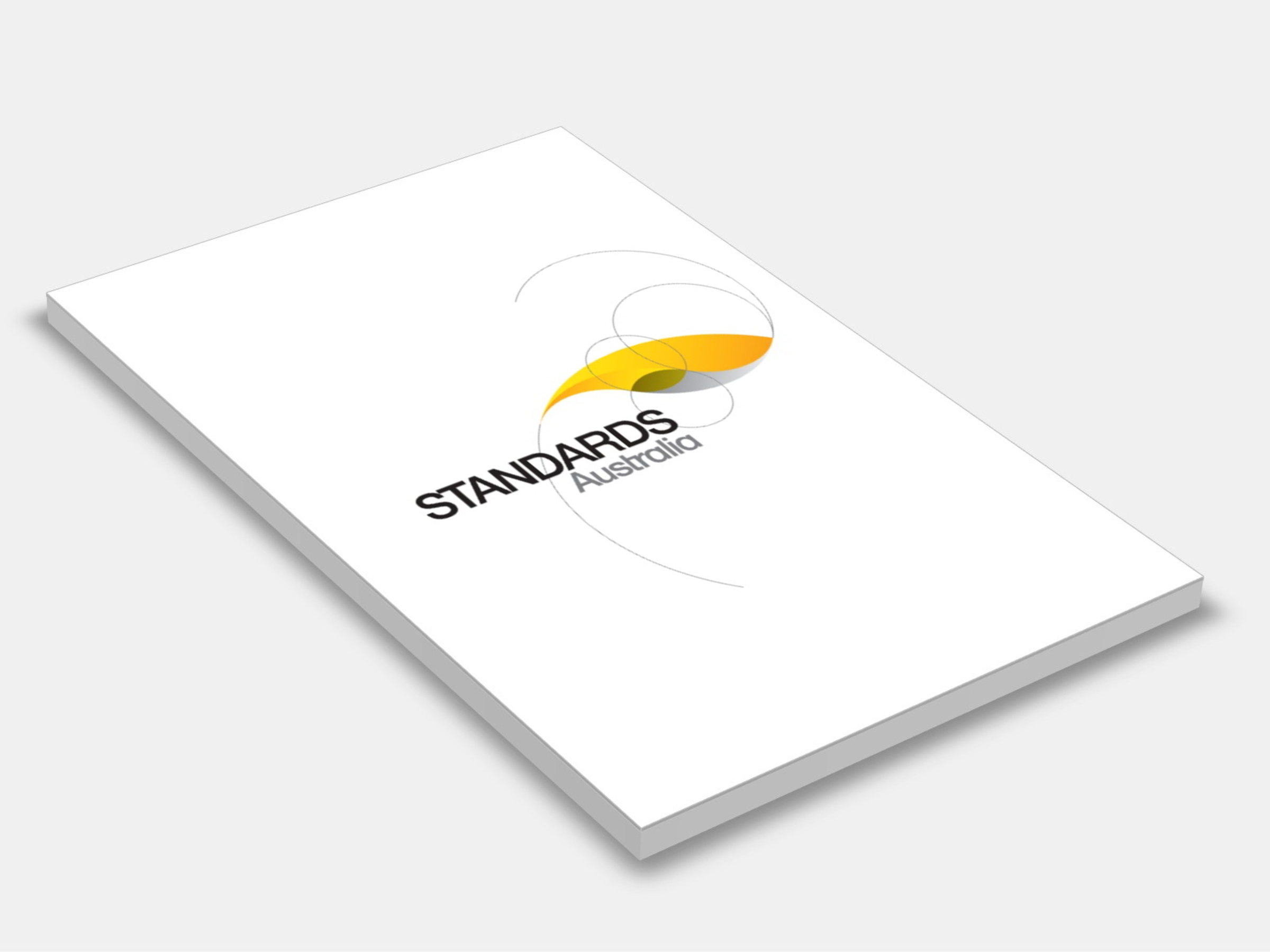
Type
Publisher
Standards Australia
Publisher
Standards Australia
Version:
Second Edition 1993.
(Current)
Short Description
Specifies the apparatus and test method for determining the flammability index of a material. Main changes in this edition of the Standard are the inclusion of a statistical evaluation of the test results, a change to the speed factor formula so that the flammability indices form a continuous range and a more detailed form of test report.

Type
Publisher
Standards Australia
Publisher
Standards Australia
Version:
Second Edition 2024.
(Current)
Short Description
AS 1926.1:2024 assists pool owners/users in avoiding pool-related drowning by providing design, construction and performance requirements for various barrier options, which are designed to restrict entry to the swimming pool area by young children